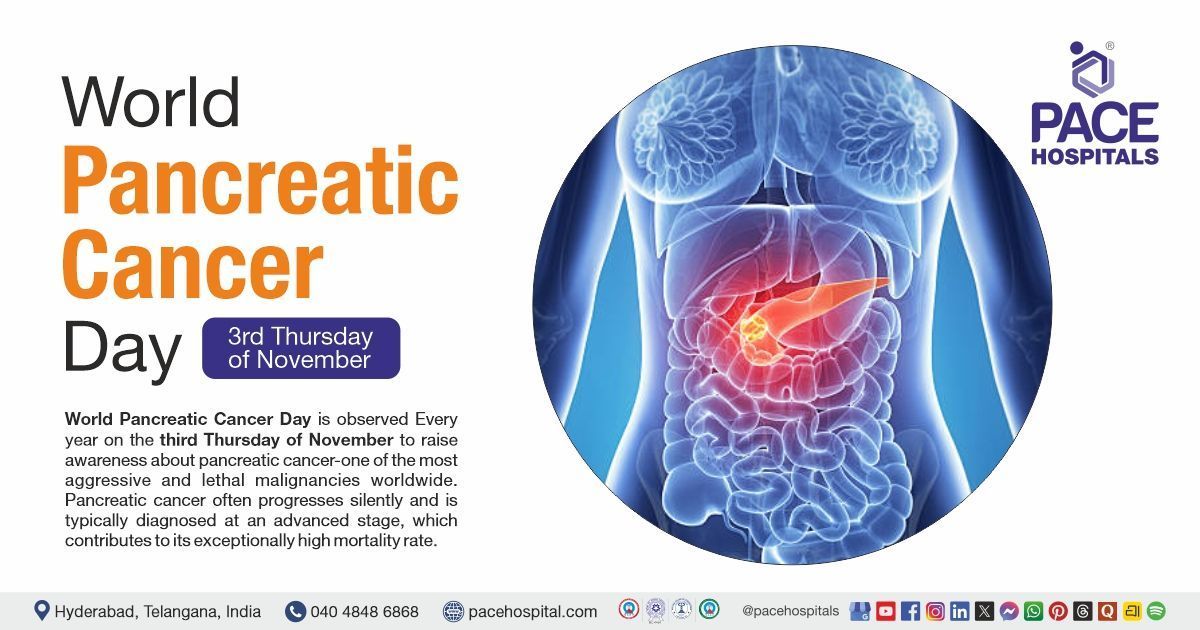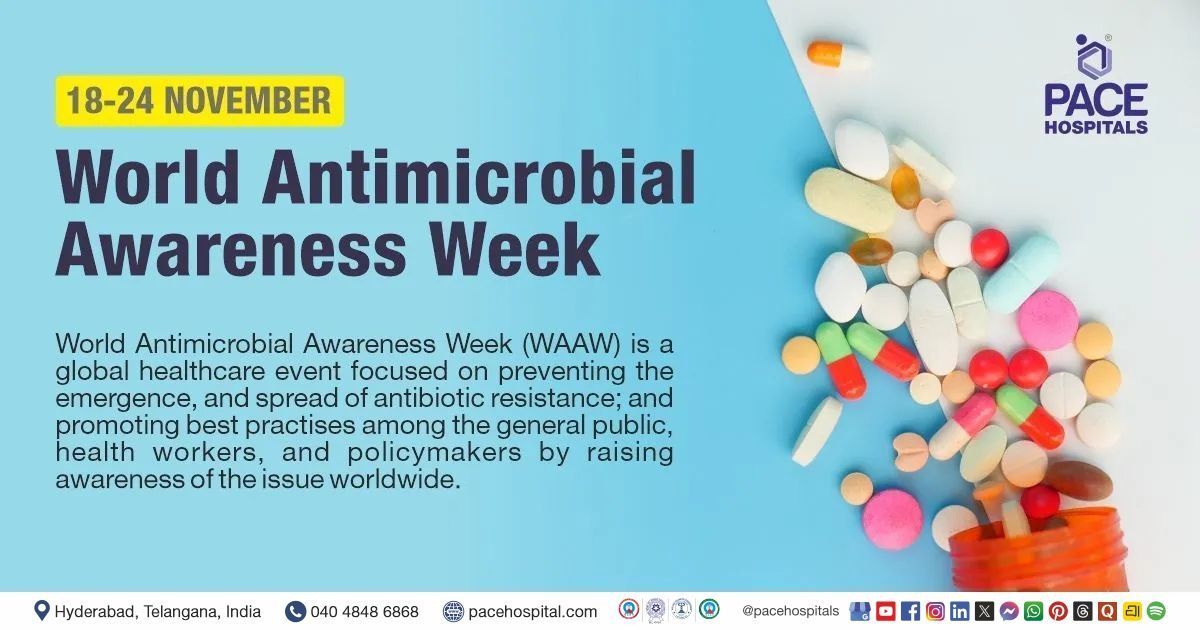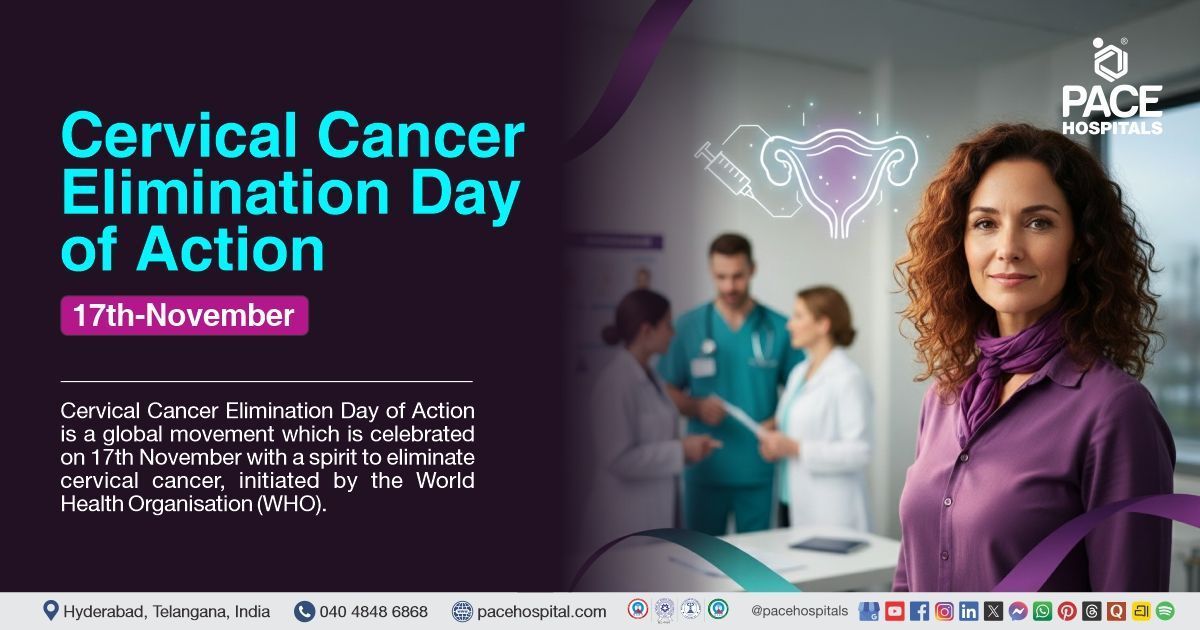Successful PTCA & POBA for Coronary Artery Disease in a 49-Year-Old with Chest Pain
PACE Hospitals
PACE Hospitals’ expert cardiology team successfully performed a
Percutaneous Transluminal Coronary Angioplasty (PTCA) with Stent Placement
in the left anterior descending artery (LAD) and a
Plain Old Balloon Angioplasty (POBA)
in the left circumflex artery (LCX) on a 49-year-old male patient diagnosed with coronary artery disease (CAD). The patient presented with chest pain. The procedure effectively restored coronary blood flow, relieved his symptoms, and is expected to improve his cardiac function while reducing the risk of future cardiac events.
Chief Complaints
A 49-year-old male patient with a
body mass index (BMI) of 20.2 presented to the Cardiology Department at
PACE Hospitals, Hitech City, Hyderabad, with the complaint of chest pain.
Past Medical History
He had no history of diabetes mellitus, hypertension, or other chronic systemic illnesses. The absence of comorbid conditions was considered clinically favourable, as it minimized the risk of intraoperative and postoperative complications and supported a smoother, more stable recovery.
On Examination
Upon admission to PACE Hospitals, the patient was conscious, cooperative, and oriented. There was no pallor or pedal edema. His vital signs were stable. Respiratory examination revealed clear breath sounds with no abnormalities. Cardiovascular examination showed no murmurs. The abdomen was soft and non-tender, and neurological assessment did not reveal any focal deficits.
Diagnosis
After the initial examination, the patient underwent a comprehensive evaluation by the cardiology team, including clinical assessment, laboratory tests, chest X-ray and cardiac imaging to assess the extent of coronary artery disease (CAD).
Electrocardiogram (ECG) showed nonspecific ST-T changes, which prompted further cardiac evaluation. Echocardiography was performed and showed no significant structural abnormalities. A treadmill test (TMT) was positive for inducible ischemia, leading to coronary angiography (CAG), which demonstrated significant obstructive disease in the left anterior descending (LAD) and left circumflex (LCX) arteries.
Based on the confirmed findings, the patient was advised to undergo
Coronary Artery Disease Treatment in Hyderabad, India, under the expert care of the Cardiology Department.
Medical Decision Making
After a thorough consultation with Dr. Seshi Vardhan Janjirala, a cardiologist, and a cross consultation with Dr. Tripti Sharma, physician and diabetologist, in view of blood sugar levels, a comprehensive evaluation was conducted to develop an appropriate diagnostic and therapeutic plan tailored to the patient’s coronary artery disease. Given his symptoms and established cardiac history, the assessment focused on determining the extent and severity of the disease. It was concluded that percutaneous transluminal coronary angioplasty (PTCA) with stent placement in the left anterior descending (LAD) artery, along with plain old balloon angioplasty (POBA) in the left circumflex (LCX) artery, would be the most effective intervention to relieve the obstruction and improve cardiac function.
The patient and his family were thoroughly counselled regarding his condition, the need for intervention, the benefits, and potential risks of both PTCA and POBA. The primary goal was to ensure timely and effective treatment to restore optimal coronary blood flow, reduce the risk of future cardiac events, and enhance the patient’s long-term cardiac prognosis.
Surgical Procedure
Following the diagnosis, the patient was scheduled for a percutaneous transluminal coronary angioplasty (PTCA) with stent placement in the left anterior descending artery (LAD) and a plain old balloon angioplasty (POBA) in the left circumflex artery (LCX) procedure in Hyderabad at PACE Hospitals, under the expert supervision of the Cardiology Department, ensuring optimal care and a smooth recovery process.
The procedure involved the following steps:
1. Preparation and Vascular Access
The patient was positioned on the procedure table, and the skin over the wrist (radial artery) was cleaned and numbed with local anaesthesia. A small needle was inserted into the artery, and a thin guidewire was passed through the needle. The needle was then removed, and a flexible sheath was placed to allow the introduction of catheters.
2. Coronary Angiography and Guidewire Placement
A catheter was advanced through the sheath under fluoroscopic guidance to reach the coronary arteries. Contrast dye was injected to visualize the coronary arteries and confirm the blockages, and then a guidewire was carefully passed through the catheter and across the blocked segments of the LAD and LCX.
3. PTCA with Stent Placement to LAD
For the LAD lesion, a balloon catheter with a pre-mounted stent was advanced over the guidewire to the site of blockage. The balloon was inflated, expanding the stent and compressing the plaque against the artery wall to restore blood flow. The balloon was then deflated and withdrawn, leaving the stent in place.
4. POBA to LCX
For the LCX lesion, a balloon catheter (without a stent) was advanced to the narrowed segment. The balloon was inflated to dilate the artery and compress the plaque, then deflated and removed.
5. Post-dilation Assessment
Contrast dye was injected again to confirm adequate blood flow and successful opening of both arteries. Any residual narrowing or complications were addressed as needed.
6. Completion and Recovery
The guidewire and catheter were withdrawn, and the vascular access site was closed with manual compression. The patient was monitored for any immediate complications and transferred to a recovery area for observation. Instructions were given regarding post-procedure care and follow-up.
Postoperative Care
The patient was closely monitored in the ward post-operatively. During his hospital stay, he received intravenous fluids, antiplatelet agents, antibiotics, and antacids. He remained hemodynamically stable and responded well to the instituted therapy; he was subsequently prepared for discharge with comprehensive post-discharge care instructions and follow-up recommendations.
Discharge Medications
Upon discharge, the patient was prescribed a combination of medications, including antidiabetic medication to achieve optimal glycemic control, antiplatelet agents to prevent thrombosis, statins for cholesterol management, vasodilators to improve peripheral circulation and optimize heart failure control, and gastrointestinal protectants to minimize acid-related side effects. The patient was counselled on the importance of adherence to therapy and regular monitoring.
Advice on Discharge
The patient was advised to check their random blood sugar once a week.
Emergency Care
The patient and family were informed to contact the
emergency ward at PACE Hospitals in case of any emergency or development of symptoms such as chest pain, shortness of breath, abdominal pain, or fever.
Review and Follow-up Notes
The patient was advised to return for a follow-up visit with the Cardiologist in Hyderabad at PACE Hospitals, after 1 week, with a prior appointment.
Conclusion
This case highlights the successful PTCA with stent placement to the LAD and POBA to the LCX, resulting in restoring coronary blood flow and symptom relief. It emphasises the importance of early diagnosis, patient education, and coordinated care in optimising outcomes for individuals with coronary artery disease.
Heart Specialist’s Approach Using Stents and Balloons for Blocked Arteries
The decision to use both stent placement and balloon angioplasty in this case demonstrates the cardiologist’s expertise and individualized approach to managing coronary artery disease. By carefully assessing the specific characteristics of each coronary lesion, the cardiologist selected stenting for the more critical or complex blockage to provide long-term vessel support and reduce the risk of restenosis, while balloon angioplasty alone was used for a segment where stenting was not indicated or technically feasible.
These minimally invasive procedures, performed by
cardiologist / heart specialist through small arterial access points, significantly reduce the length of hospital stays, lower the risk of major complications, and enable patients to resume normal activities much earlier than with traditional open-heart surgery. This strategy aligns with current best practices in interventional cardiology, prioritizing both procedural efficacy and patient safety. The use of advanced imaging and precision-guided techniques ensures precise placement and increases procedural success. This tailored technique not only improves immediate outcomes but also enhances the patient’s long-term cardiac health and quality of life.
Share on
Request an appointment
Fill in the appointment form or call us instantly to book a confirmed appointment with our super specialist at 04048486868











